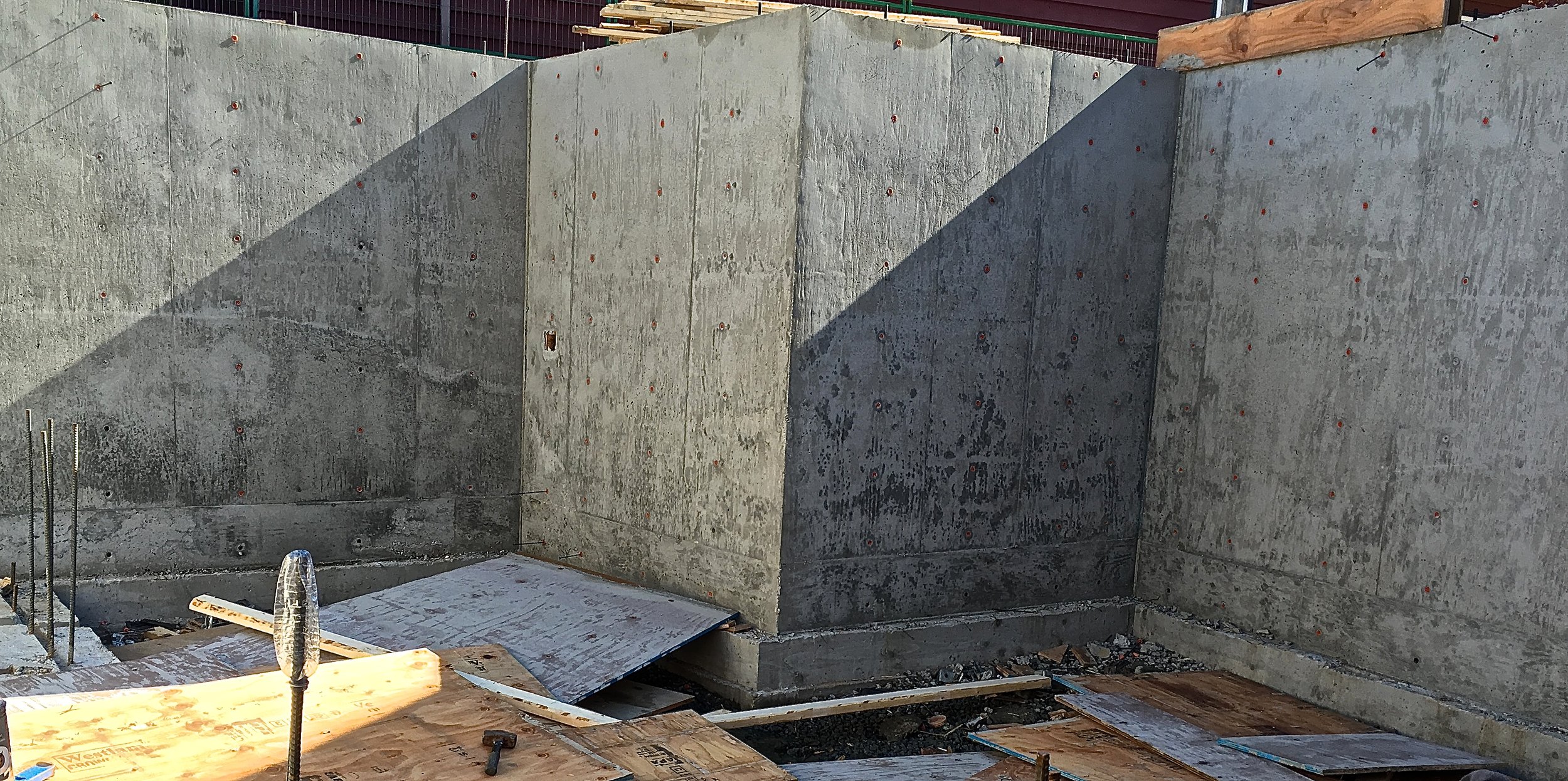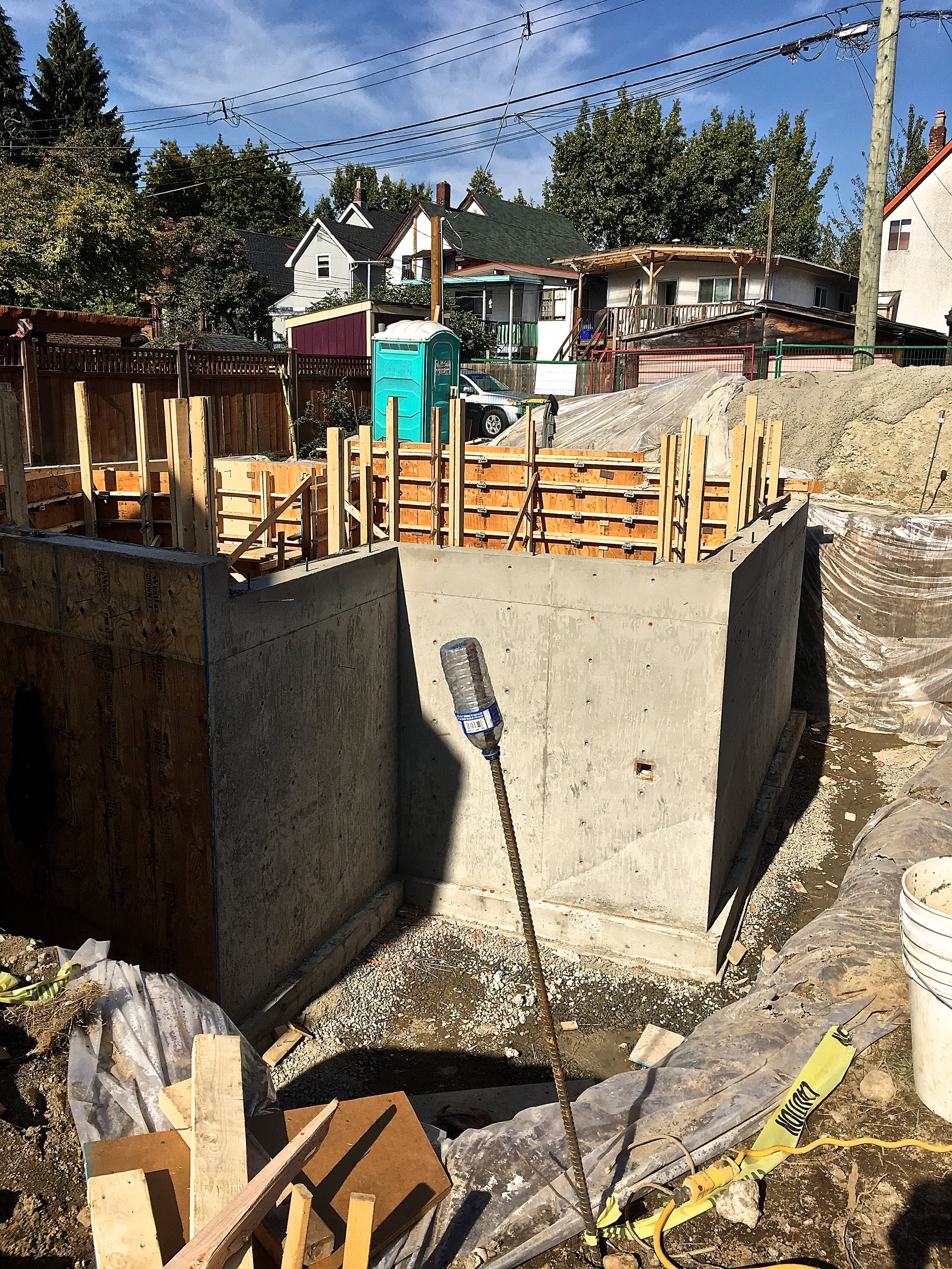Intrigued with materials? What things are made of, is where I begin when looking at art. If art tells a story it does so through many layers of what you see. Visual arts, particularly contemporary art of today deals with materiality in ways it was not entertained in the past. What does this mean? Well basically the material itself is the art. The artist's intent and how he/she uses the material can be as simple or complex as needed to tell the story -- even if that story is "untitled".
Take a google at what some famous artists are doing such as Ai Weiwei, Anish Kapoor, Damien Hirst, Marina Abramovic, Geoffrey Farmer to name a few.
Souvenir from Shanghai is a stunning example of material used to literally tell a concrete message. Concrete coils and the concrete room has a different message using the same material. The messages here pertain to our society. What we permit to take place, or perhaps have evolved to accept -- imprisonment of ideas, waste of material, no place for creativity...
During the building of "D" Village; Big house and Octopus it's been fascinating to watch materials come and go from the site. What gets saved and sadly what doesn't. When project 851 is finished I keep telling myself I should write a book about the experience as there's so much that is learnt everyday. So far, the best recommendation I have is to win the lottery first. Then take on a humble project, have the time to do it correctly (no cheaping out on construction) and pay people well for good work (that's where the lotto part comes in). ...not as simple as it sounds my friend.
This last week the foundation pour of the Octopus took place and my mind shifted to thoughts of concrete. The material of strength, texture, transformation, a beauty of lines in grey... It also had me asking some basic questions, like a child, "what is cement?", "what's the difference between regular and architectural?" and so on.
My discoveries in cement helped me understand what we kind of know but don't really. Taking my mind down the path, or perhaps better said paved the road with concrete, the story of cement unfolded.
Cement is a fine mineral powder manufactured with very precise processes. Mixed with water, this powder transforms into a paste that binds and hardens when submerged in water. Because the composition and fineness of the powder may vary, cement has different properties depending upon its makeup.
Cement is made by grinding together a mixture of limestone and clay, which is then heated at a temperature of 1,450°C. What results is a granular substance called "clinker," a combination of calcium, silicate, alumina and iron oxide. So these aggregate to become a solid through chemical interaction. There are several types of aggregates, which differ according to their chemical and physical composition, size and density. Local geological conditions determine which types of aggregates are available in a given market.
Sounds like land being reduced to powder to be used again anywhere you want or need. hmmm, so ashes to ashes takes on a different meaning and becomes earth (land & minerals) to dust. The dust (powder), then mixed with a body of water becomes a solid again, which only too often sits on or becomes part of the land (dirt) again. All this comes about simply by looking at cement.











